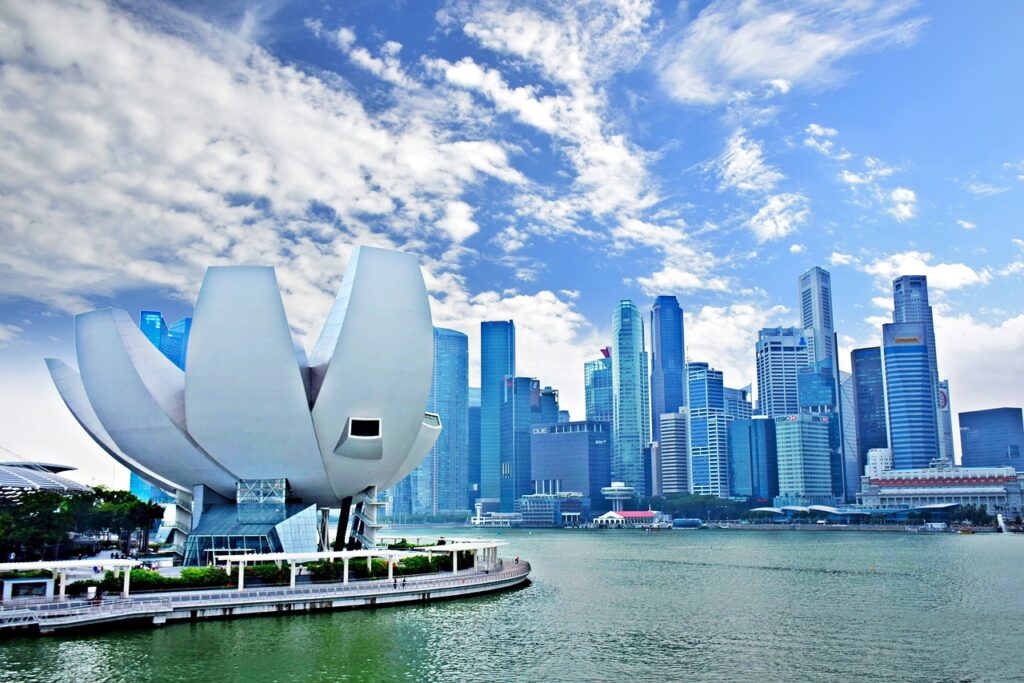When starting a new branding project or updating an existing one, one question comes up almost immediately: what format for logo design flpsymbolcity is best? Choosing the right file type matters more than most people think—it can affect how your logo appears online, in print, or across social media. If you’re looking to simplify this process, this strategic communication approach can help clarify exactly which format to use, when, and why.
Understanding Common Logo File Formats
Let’s start with the core formats you’ll encounter. A professional logo package usually includes several file types, each serving a different purpose:
-
Vector files (AI, EPS, SVG)
These are scalable without losing quality. Ideal for printing, signage, or any time the logo needs to be resized frequently. -
AI (Adobe Illustrator): The design master file. Needs professional software to open.
-
EPS: Works independently of specific design software. Great for printers and large-format applications.
-
SVG: Web-friendly vector that can scale and adjust to any screen without loss in resolution.
-
Raster files (PNG, JPG, PDF)
These use pixels and are best for digital and some print uses—but they don’t scale as cleanly as vectors. -
JPG: Best for photos and backgrounds, not logos with transparency.
-
PNG: Supports transparent backgrounds. Perfect for websites or overlaying on other images.
-
PDF: Versatile; can store both vector and raster data. Suitable for sharing with clients, printers, or collaborators.
Understanding these file types serves as the bedrock answer to the question: what format for logo design flpsymbolcity should you prioritize? Spoiler: it depends on where and how you plan to use the logo.
When to Use Each Format
Let’s break things down by use case so you know exactly which file to grab.
For Websites & Social Media
- PNG is king thanks to its transparency and crisp look, especially on white or dynamic backgrounds.
- SVG is increasingly the go-to for web developers because it loads fast and scales great across devices.
- Tip: avoid JPG for logos on web unless file size is a serious concern and transparency isn’t needed.
For Print Collateral
- EPS or AI files are perfect. They keep your logo sharp in posters, brochures, and banners.
- Printers prefer these since they can scale, tweak, and ensure color fidelity with CMYK standards.
For Client Approvals or Sharing
- PDF works well for clients to review. It’s compatible with most devices and software.
- Provides a polished preview while keeping essential quality intact.
Having the right set of formats ensures you’re ready for any medium. That’s why many branding guides include all of them in one zip folder.
File Formats and Color Spaces
It’s not just about having the right file types—you also need to consider color mode and compression.
- RGB is for digital outputs (screens, apps, web).
- CMYK is for printed materials (flyers, business cards, merchandise).
Sending the wrong file to a vendor could dull your colors or alter the brand’s tone. And never, ever send compressed or low-res files (like a small JPG) for a major print project. It’ll look pixelated and underwhelming.
Packaging Your Logo Files
When delivering or storing logos for long-term use, create a logical structure:
- Master vector files (AI, EPS)
- Web-ready versions (SVG, PNG, light and dark variations)
- Social media dimensions (profile-ready PNGs or JPGs)
- PDF overview for quick sharing or email attachments
Naming conventions also matter. Include your brand name and use case: flpsymbolcity_logo_color_RGB.png or flpsymbolcity_mark_bw.svg.
Efficient packaging helps avoid future confusion—and saves time when you need to send something to a web developer at 10 p.m. on a deadline.
Considerations for Designers and Clients
Whether you’re a designer or a business owner, it’s essential not to get stuck with only one format. Some service providers deliver just a JPG, which is far from future-proof.
Here’s a short checklist to make sure you’re covered:
- Received at least one vector format (AI, EPS or SVG)
- Got web-friendly versions (transparent PNGs, SVGs)
- Verified resolution (300+ DPI for print files)
- Color versions: full-color, black, white, and possibly inverted
- Confirmed rights and usage documentation (especially relevant with commercial licensing)
If you’re wondering what format for logo design flpsymbolcity suits you best, start by asking where your logo will live. Then reverse-engineer your file needs accordingly.
The Bottom Line
There’s no one-size-fits-all logo file type. But recognizing the function of each format ensures your branding remains clean, scalable, and high-impact across any medium. Whether you’re swapping banners on your homepage, printing packaging, or handing a vendor a USB stick, you should always have the right file format ready to go.
Still have doubts about choosing the right option? Use a strategic communication approach to explore how logo formats align with your brand strategy—and how tiny file decisions make a big visual difference.
Make intentional choices, get organized, and most importantly—don’t ever shrink your logo by screenshotting it. Trust the right format.
